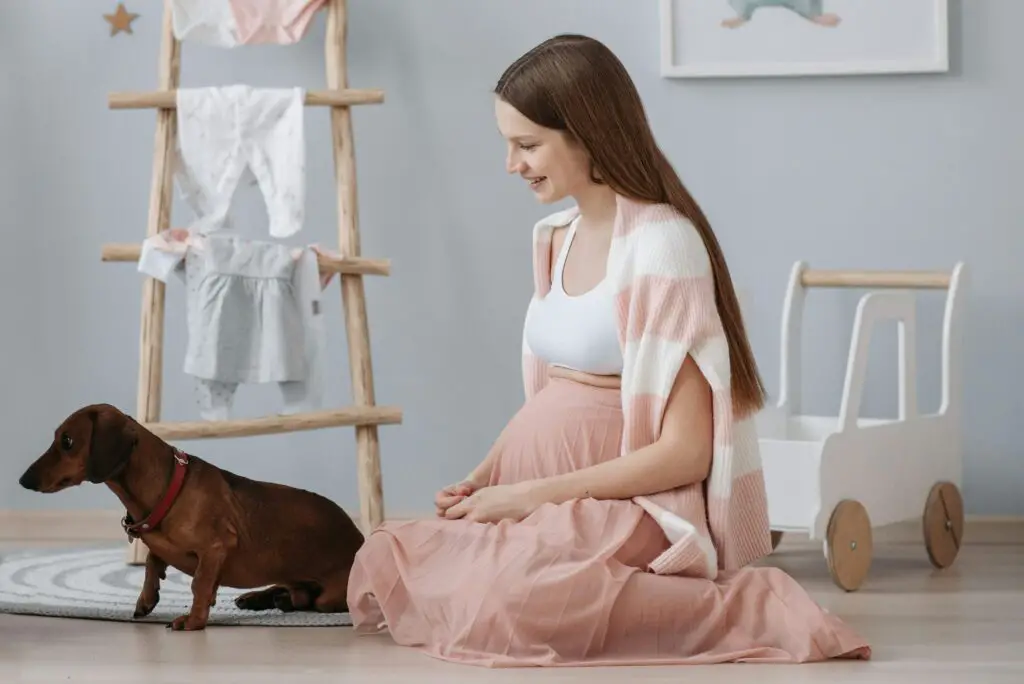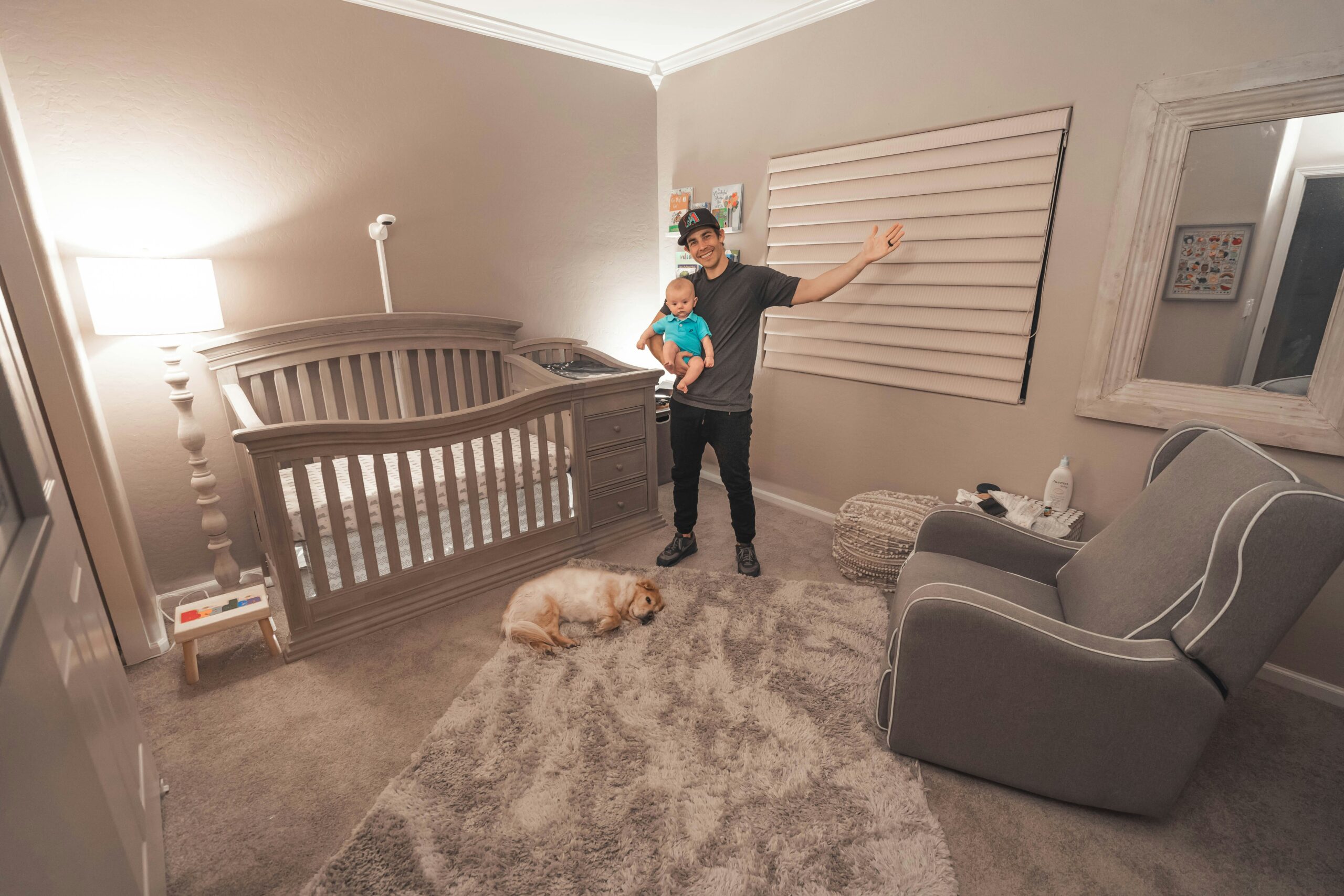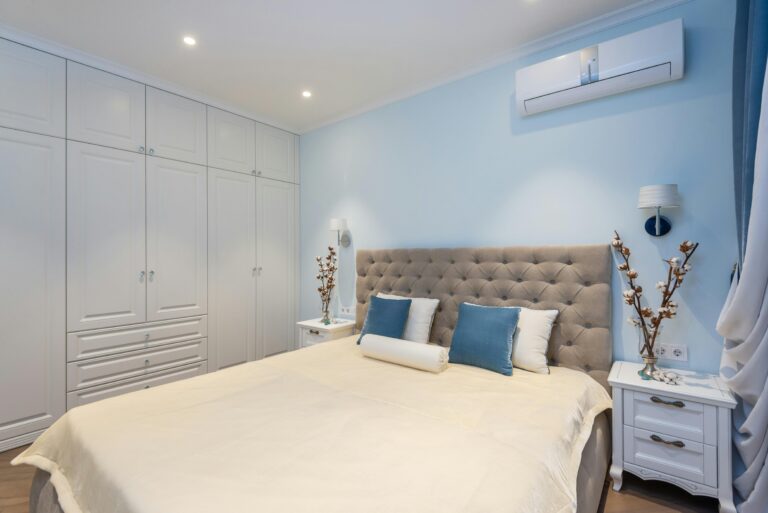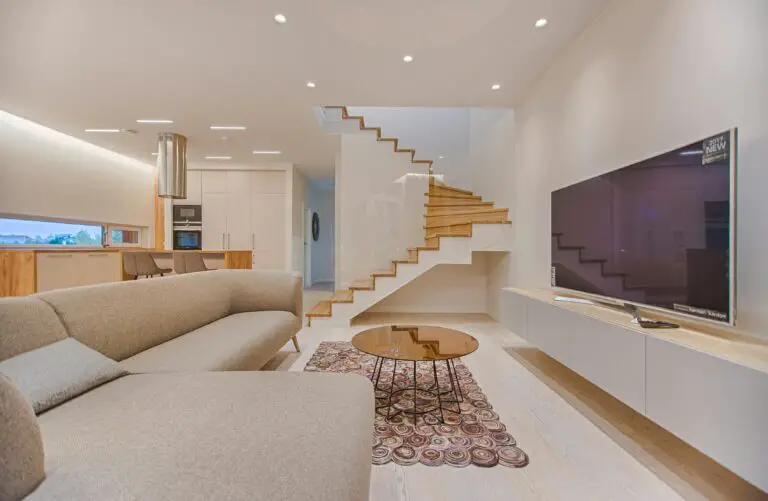Designing a nursery is an exciting journey, and embracing the Scandinavian style can bring an air of tranquility and functionality to your baby’s space. Scandinavian design is renowned for its simplicity, minimalism, and emphasis on natural elements.
In this article, we will explore how to incorporate Scandinavian elements in a nursery design. We will provide you with a step-by-step roadmap to create a nurturing and aesthetically pleasing environment for your little one.
Scandinavian design is grounded in several key principles that emphasize simplicity and functionality. These principles include clean lines, minimalism, and a focus on creating spaces that are both beautiful and practical. It values the use of natural materials, the integration of natural light, and an overall sense of balance and harmony.
One of the hallmarks of Scandinavian design is its dedication to simplicity and minimalism. This design philosophy prioritizes decluttered spaces where every element serves a purpose. In a nursery, this means choosing furniture and decor items that are essential for your baby’s needs and well-being.
Scandinavian design celebrates the use of natural materials such as wood, which can be seen in furniture, flooring, and accessories. It also places a strong emphasis on maximizing natural light, creating an atmosphere that is both bright and inviting. These principles are essential for crafting a Scandinavian-inspired nursery that feels cozy and welcoming.
II. Color Palette and Decor
Scandinavian nurseries often feature neutral color palettes dominated by whites, grays, and soft pastels. These hues create a sense of serenity and spaciousness. You can start by painting the nursery walls in a light, neutral color as a backdrop for your design.
Incorporating Soft Pastels and Muted Tones
While neutrals are the foundation of Scandinavian design, you can add subtle pops of color through soft pastels and muted tones. Think about using gentle shades of blush, powder blue, or mint green for textiles, such as bedding or curtains.
Choosing Furniture and Decor with Clean Lines
When selecting furniture and decor items for your Scandinavian-inspired nursery, prioritize pieces with clean lines and simple shapes. Avoid overly ornate or bulky furniture. Instead, opt for sleek cribs, minimalist changing tables, and functional storage solutions.
III. Furniture and Layout

Selecting Functional and Space-Saving Furniture
In a nursery, space is precious, and Scandinavian design is all about maximizing functionality without sacrificing aesthetics. Look for multi-functional furniture, such as cribs with built-in storage or changing tables that can double as dressers. This approach helps you make the most of your nursery’s layout.
Creating a Cozy and Ergonomic Layout
A cozy layout is essential for your baby’s comfort. Arrange furniture with convenience in mind, ensuring that essential items like the crib, changing table, and feeding chair are easily accessible. Consider the flow of the room and place furniture in a way that optimizes movement and accessibility.
Incorporating Storage Solutions
Scandinavian nurseries prioritize efficient storage solutions to keep clutter at bay. Use shelves, wall-mounted organizers, and under-crib storage to keep the nursery tidy and organized. Avoid overcrowding the space with too many items, and opt for a minimalist approach to decor.
IV. Natural Elements and Textures
Integrating Natural Wood Accents
Natural wood is a cornerstone of Scandinavian design. Incorporate it into your nursery through furniture pieces like wooden cribs, dressers, or shelving units. Wooden accents add warmth and a touch of nature to the room.
Using Textiles Like Wool and Cotton
Textiles play a crucial role in softening the nursery’s look and creating a cozy atmosphere. Choose bedding, blankets, and curtains made from natural materials like wool and cotton. These textiles provide comfort and tactile appeal.
Incorporating Greenery and Nature-Inspired Decor
Bringing a touch of the outdoors inside is a hallmark of Scandinavian design. Consider adding indoor plants to your nursery for a dose of natural beauty. Additionally, decorate with nature-inspired elements like animal prints or artwork featuring woodland creatures.
V. Lighting and Ambiance
Maximizing Natural Light
Scandinavian design prioritizes the use of natural light to create bright and inviting spaces. Ensure that your nursery has ample windows, and opt for sheer curtains or blinds that allow light to filter in while maintaining privacy.
Select lighting fixtures that align with the Scandinavian aesthetic. Look for pendant lights with clean lines and minimalist designs. Consider adjustable wall sconces for convenient task lighting near the changing table or nursing chair.
Creating a Warm and Inviting Atmosphere
Scandinavian design is not just about aesthetics; it’s also about creating a welcoming and comfortable ambiance. Add warmth to your nursery with soft rugs, plush cushions, and cozy blankets. These elements contribute to a nurturing environment for your baby.
VI. Personalization and DIY Projects

Adding Personal Touches to the Nursery
While Scandinavian design is known for its simplicity, it doesn’t mean your nursery should lack personal touches. Incorporate elements that reflect your family’s personality and heritage. This could be artwork, handmade decorations, or family heirlooms.
DIY Projects and Custom Decor Ideas
Scandinavian design encourages creativity, and DIY projects are a perfect way to personalize your nursery. Consider crafting your own mobile, painting a mural, or sewing custom curtains. DIY projects not only add uniqueness but also a sense of pride to the nursery’s design.
Balancing Functionality with Creativity
While personalization is important, remember to strike a balance between functionality and creativity. Ensure that any DIY or personalized elements you add to the nursery serve a practical purpose and contribute positively to the overall design.
VII. Safety Considerations
Ensuring a Safe Nursery Environment
Safety is paramount in a nursery, and Scandinavian design principles align with creating a secure space. Secure heavy furniture to the wall to prevent tipping, use cordless window coverings, and ensure that electrical outlets are covered. Additionally, choose non-toxic and eco-friendly materials for all nursery items.
Childproofing Tips and Precautions
As your baby grows and becomes more mobile, childproofing becomes essential. Install safety gates, cushion sharp corners, and keep small objects out of reach. Regularly inspect the nursery for potential hazards and make adjustments as needed.
Selecting Non-Toxic and Eco-Friendly Materials
Scandinavian design often incorporates eco-friendly materials. Choose non-toxic paints, finishes, and textiles for the nursery. Look for certifications like GREENGUARD or OEKO-TEX, which ensure that products meet stringent safety and environmental standards.
Conclusion
Designing a nursery that embraces Scandinavian elements is a wonderful way to create a serene and functional space for your baby. By understanding the principles of Scandinavian design, choosing a neutral color palette, selecting functional furniture, and considering safety measures, you can craft a nursery that balances style and practicality. Whether you opt for minimalistic decor or infuse your design with personal touches, the result will be a nurturing and harmonious space where your baby can thrive.
Frequently Asked Questions
The main elements of Scandinavian design include simplicity, minimalism, functionality, natural materials, and a focus on creating balanced and harmonious spaces.
A Scandinavian nursery is a baby’s room designed in the style of Scandinavian interior design, characterized by minimalism, neutral color palettes, natural materials, and an emphasis on functionality and aesthetics.
Scandinavian interior design features include clean lines, neutral color palettes, natural materials like wood and textiles, ample use of natural light, and a strong focus on creating a sense of balance and harmony.
The concept of Scandinavian design revolves around simplicity, minimalism, and functionality. It seeks to create spaces that are aesthetically pleasing, comfortable, and practical.
The benefits of Scandinavian design in a nursery include creating a serene and calming environment for your baby, optimizing functionality and storage, and instilling a sense of timeless style and simplicity.
Scandinavian design is unique for its emphasis on natural materials, a focus on simplicity and minimalism, an appreciation for natural light, and a commitment to creating functional yet beautiful spaces.
Scandinavia is known for its natural beauty, including vast forests, pristine lakes, and rugged coastlines. It’s characterized by a sense of tranquility, a strong connection to nature, and a design aesthetic that reflects these qualities.
Scandinavian colors often include neutral hues like whites, grays, and soft pastels. These colors create a sense of lightness, airiness, and tranquility in interior spaces.
The term “Scandinavian design” originates from the design movement that emerged in the Nordic countries of Denmark, Norway, Sweden, Finland, and Iceland in the mid-20th century. It gained recognition for its unique approach to aesthetics and functionality.
Scandinavian design frequently employs materials such as wood, leather, wool, cotton, and glass. These materials contribute to a warm and inviting atmosphere while maintaining a sense of simplicity.
The distinct Scandinavian modern style was influenced by factors such as the region’s natural beauty, the scarcity of resources, a desire for functionality, and a response to the Industrial Revolution. These factors shaped the design ethos of the Nordic countries.
Scandinavian design values simplicity as it seeks to create spaces that are uncluttered and focused on essential elements. This simplicity promotes a sense of calm and harmony.
Scandinavian interior design was inspired by the region’s natural landscapes, cultural traditions, and a desire for functional and aesthetically pleasing living spaces. It aimed to bring the beauty of nature indoors.
The perception that “everything is better in Scandinavia” often relates to the region’s high quality of life, design excellence, emphasis on sustainability, and strong social welfare systems. It’s a recognition of the positive aspects of Nordic societies.
Scandinavian design is often considered timeless because it prioritizes enduring aesthetics, functionality, and the use of natural materials. Many elements of Scandinavian design remain relevant and appealing over the years.



